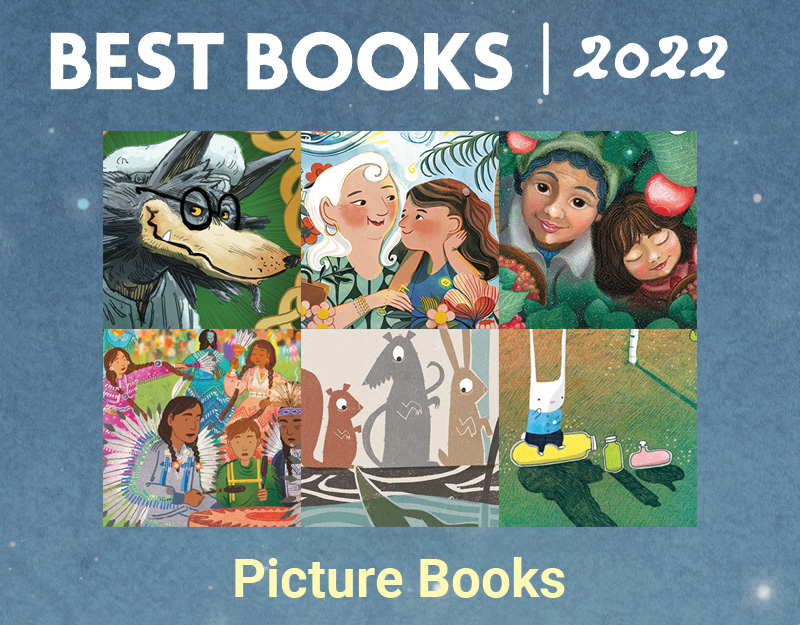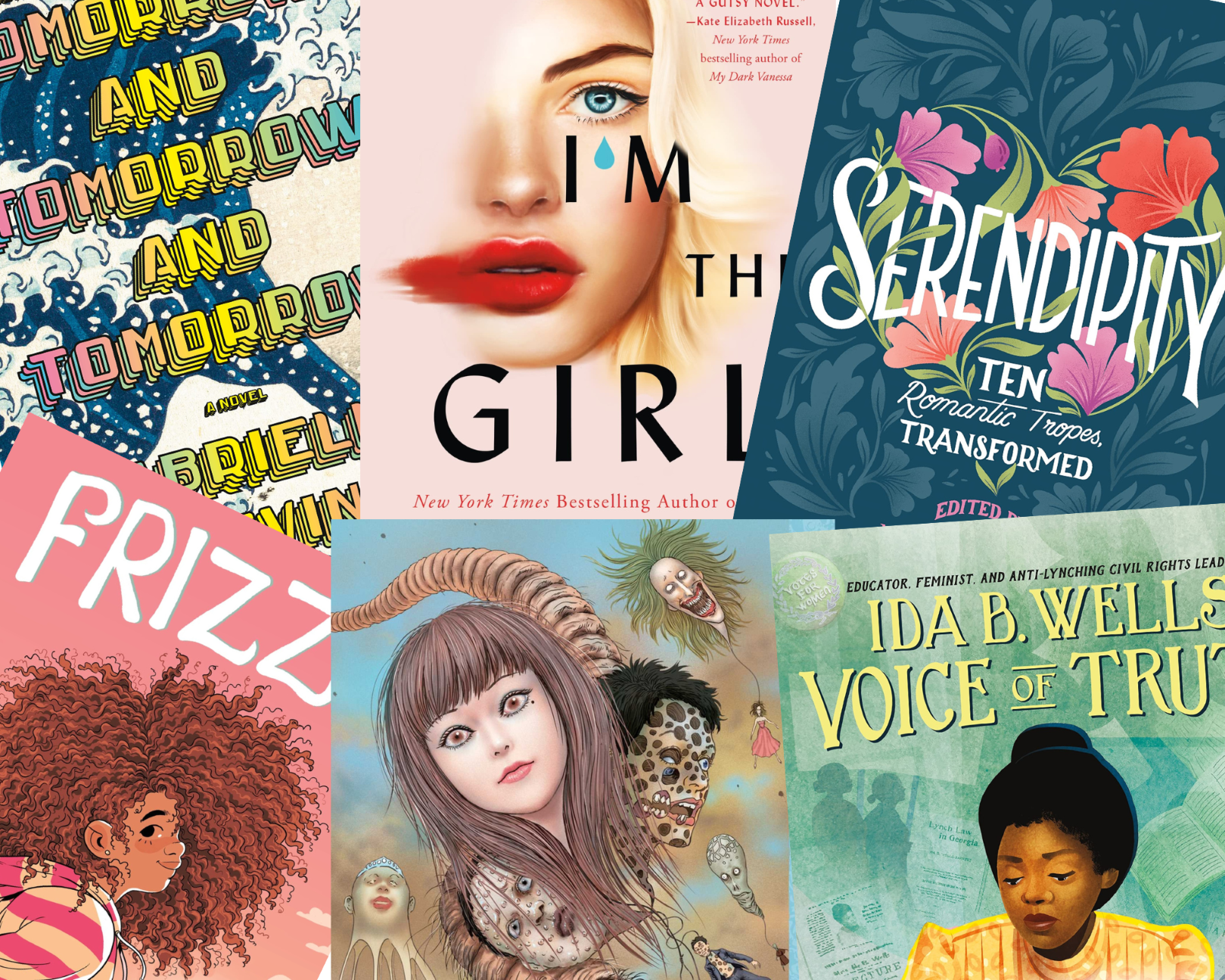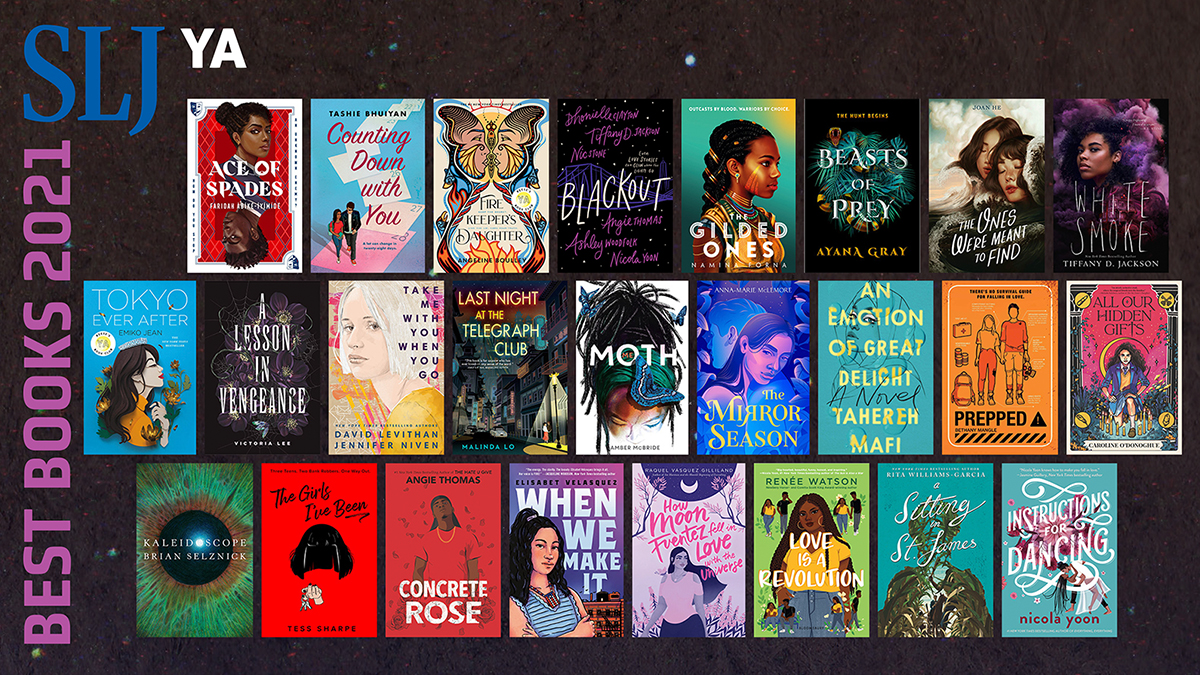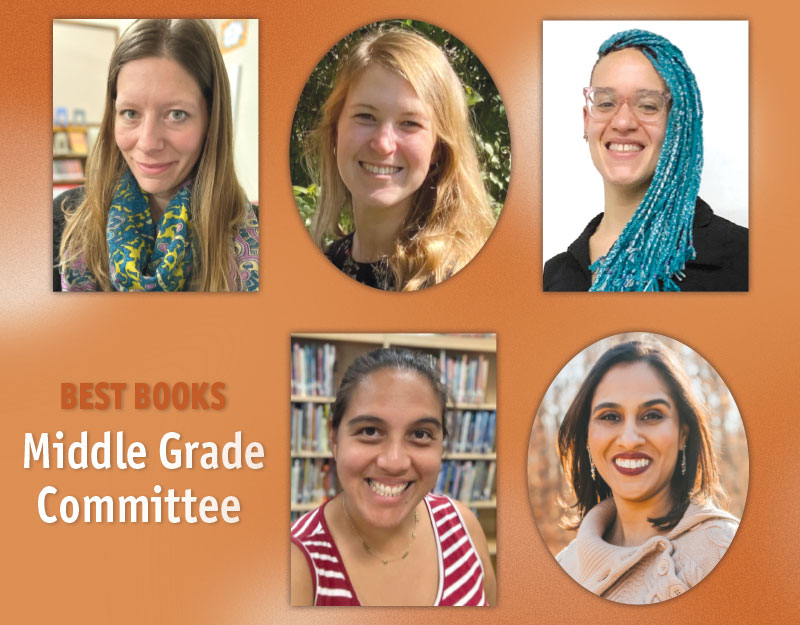Mesmerized: How Ben Franklin Solved a Mystery that Baffled All of France
Mesmerized: How Ben Franklin Solved a Mystery that Baffled All of France
Written by Mara Rockliff; Illustrated by Iacopo Bruno
Published by Candlewick Press, 2015
ISBN # 978-0-7636-6351-3
Grades K and up
Book Review
Teaching Ideas
The Versatile Benjamin Franklin. As Mara Rockliff explains, Ben Franklin played many different roles and pursued many different interests in this life. These include scientist, inventor, politician, firefighter, abolitionist, musician, among others. Divide students into small groups to research these diverse aspects of Ben Franklin’s life, using some of the books and websites listed in Further Explorations below. Have them use their research to write and act out a skit that showcases that role in Franklin’s life. Students may videotape their skits or perform them live before an audience of peers and families.
Ben Franklin and the Franklin Institute. Dedicated to one of America’s first and prominent scientists, the Franklin Institute in Philadelphia, Pennsylvania remains one of the oldest and premier science museums in the country. If your students are fortunate enough to live in fieldtrip proximity to the Institute, take them there! If not, have them explore the Institute’s virtual exhibits and online resources. As they explore the museum, encourage them to wonder what Ben Franklin’s interest in certain topics and questions of science were. If they visit the museum in person, have them ask museum guides and curators such questions, and share the answers with each other to round out students’ text-based understanding of the museum’s namesake. If they explore the museum online, have them compile their questions and email the Institute with them to see what kinds of answers they get.
ADVERTISEMENT
ADVERTISEMENT
Myths, Hoaxes, and the Scientific Method. Without the scientific method, Ben Franklin might not have been able to disprove Dr. Mesmer’s hoax. Have students brainstorm a list of possible hoaxes, or scientific myths, they would like to explore through the scientific method. Such phenomena might include whether the “5-second rule” about dropping food on the floor and eating it is valid, or whether dogs are really colorblind. You might also refer to the books listed below in Further Exploration for examples of scientific hoaxes and myths. Guide students through the scientific method to help them answer their questions, though some of the questions may not be answered and may raise further questions (to then study more closely in a focused science unit). Make sure they follow the same steps that Ben Franklin did!
Placebo Effect and “Miracle Cures.” Thanks to Dr. Mesmer, the scientific community learned about the placebo effect. However, the placebo effect remains a contentious topic in the medical field, as it clouds the legitimacy (and illegitimacy) of modern “miracle cures.” After researching how the placebo effect works, as well as some of today’s miracle cures (e.g., for baldness or quick weight loss), have them debate the likelihood that the success of the cure is due to the placebo effect.
Eponyms in Science. The English word mesmerize, which means to hold or transfix one’s attention, is derived from Dr. Mesmer’s name. Many other familiar English words are also variations of the names of famous people in science. Share a list of these words, such as pasteurize, kelvin, joule, amp, and braille, with students. Have them complete a K-W-L chart, brainstorming what they already know about those words and then filling in the rest of the chart to shape an inquiry into the people whose names inspired the words. In small groups, have students research the roots of these words, as well as the related scientists. Have them present their findings as a role play that re-enacts the events leading up to the coining of the new term.
Alternatives to Medical Treatment. Dr. Mesmer wasn’t the first, and he certainly isn’t the last to claim the effectiveness of alternatives to traditional medical care. Have students brainstorm and research some of these alternatives, such as hypnosis, herbal remedies, homeopathy, and acupuncture—some of which have been studied in scientific ways and others of which remain myths or unproven methods. Once students compile their findings, divide the class into teams to debate the effectiveness of these various alternatives with a panel of medical professionals. If you can’t invite or Skype with real medical professionals to participate in the debate, have a group of students role-play the medical panel.
Rococo Art and Design. Iacopo Bruno’s illustrations are as mesmerizing (pun intended again) as the historical events Mara Rockliff narrates. As an artistic movement and style, rococo also perfectly enhances the content of the text. Have students research what Rococo is, what its characteristics are, how it originated, what its goals and purposes are, and who some notable Rococo artists and designers were. Explore some of the museum websites listed below in Further Explorations to study examples of Rococo prints, furniture, and architecture. Have students create their own art and designs in rococo style, and then showcase those creations in a gallery for peers, families, and community members to enjoy.
Comparing Biographies for Kids. Since he is arguably the most influential and important figures in the American history, a number of biographies have been written about Benjamin Franklin for young readers. Gather a set of these biographies (see Further Explorations below for some examples) and share them with your students. Read each title to first compare how each author frames his or her view of Franklin. Next, reread the stories with a focus on writing style. What can you learn about writing biography from studying the authors’ writing choices? In each book, what events in Franklin’s life receives most emphasis? How does Mara Rockliff, in particular, use details to characterize Franklin? How are quotations used and documented? What kinds of information are provided in an author’s note? What is similar and different in terms of content across the biographies? Make sure to address any discrepancies that students notice, and to discuss them in terms of author’s perspective and the power of words on influencing a reader’s understanding as well.
Further Explorations
Online Resources
Mara Rockliff website
http://www.mararockliff.com
Iacopo Bruno blog
http://iacopobruno.blogspot.com
Websites about Benjamin Franklin
http://www.biography.com/people/benjamin-franklin-9301234
http://www.ushistory.org/franklin/info/
http://www.pbs.org/benfranklin/
http://learn.fi.edu/franklin/
http://www.history.com/topics/american-revolution/benjamin-franklin
http://www.americaslibrary.gov/aa/franklinb/aa_franklinb_subj.html
http://www.libertyskids.com/arch_who_bfranklin.html
The Franklin Institute
https://www.fi.edu
Placebo effect
http://science.howstuffworks.com/life/inside-the-mind/human-brain/placebo-effect.htm
Websites about Rococo art and design
https://www.metmuseum.org/toah/hi/hi_1718rococo.htm
http://www.artic.edu/aic/collections/exhibitions/Rococo/index
http://www.imamuseum.org/blog/2014/04/05/the-evolution-of-rococo/
http://www.vam.ac.uk/page/r/rococo/
https://www.kimbellart.org/exhibition/genius-french-rococo-drawings-françois-boucher-1703–1770-and-boucher’s-mythological
http://www.bc.edu/bc_org/avp/cas/his/CoreArt/art/ancien.html
https://news.artnet.com/art-world/a-brief-history-of-rococo-art-32790
http://www.artcyclopedia.com/history/rococo.html
Books
Adler, D. A. (2001). B. Franklin, printer. Holiday House.
Barretta, G. (2008). Now & Ben: The modern inventions of Benjamin Franklin. New York: Square Fish.
Cousins, M. (2004). Ben Franklin of Old Philadelphia. Landmark Books.
Editors of YES Magazine (2009). Hoaxed!: Fakes and mistakes in the world of science. Kids Can Press.
Fleming, C. (2003). Ben Franklin’s almanac: Being a true account of the good gentleman’s life. New York: Antheneum Books for Young Readers.
Fritz, J. (1996). What’s the big idea, Ben Franklin? Ill. by M. Tomes. New York: Puffin.
Gibling, J. C. (2006). The amazing life of Ben Franklin. New York: Scholastic.
Lawson, R. (1988). Ben and me: An astonishing life of Benjamin Franklin by his good mouse Amos. Little, Brown.
Miller, B. M. (2009). Benjamin Franklin, American genius: His life and ideas with 21 activities. Chicago Review Press.
Pascoe, E. (2005). Fooled you!: Fakes and hoaxes through the years. Ill. by L. Keller. New York: Henry Holt.
Schanzer, R. (2002). How Ben Franklin stole the lightning. New York: HarperCollins.
Smith, L. (2006). John, Paul, George, and Ben. Disney-Hyperion.
Filed under: Nonfiction Picture Books, Picture Books
About Grace Enriquez
Grace is an associate professor of language and literacy at Lesley University. A former English Language Arts teacher, reading specialist, and literacy consultant, she teaches and writes about children’s literature, critical literacies, and literacies and embodiment. Grace is co-author of The Reading Turn-Around and co-editor of Literacies, Learning, and the Body.
ADVERTISEMENT
ADVERTISEMENT
SLJ Blog Network
Should I make it holographic? Let’s make it holographic: a JUST ONE WAVE preorder gift for you
Press Release Fun: Happy Inaugural We Need Diverse Books Day!
Magda, Intergalactic Chef: The Big Tournament | Exclusive Preview
Fifteen early Mock Newbery 2026 Contenders
When Book Bans are a Form of Discrimination, What is the Path to Justice?
Poetry Gateways, a guest post by Amy Brownlee
ADVERTISEMENT









Thanks for this! It helped with my book club.